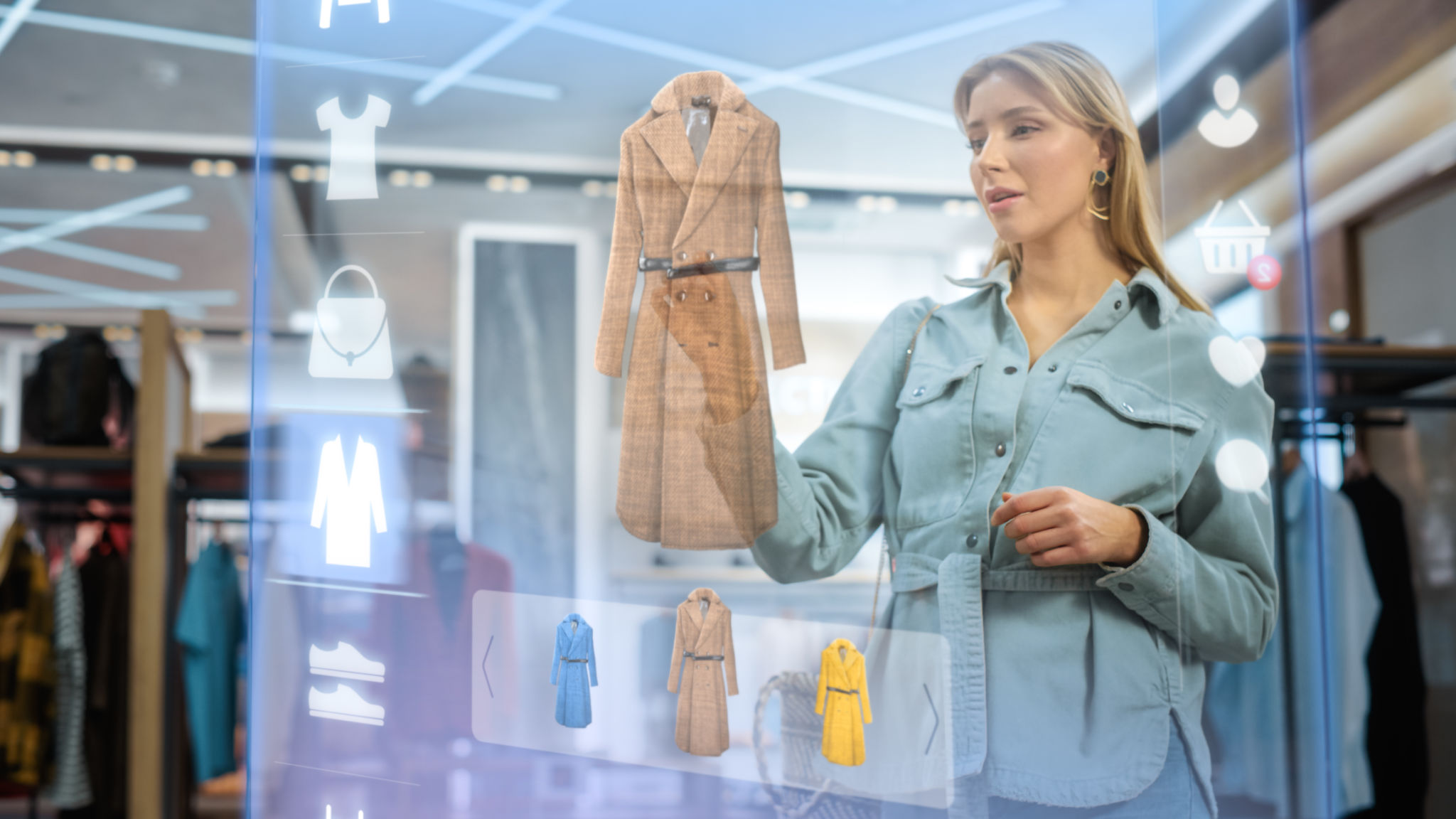FAQs About Virtual Try-On Technology: What Brands Need to Know
Understanding Virtual Try-On Technology
As e-commerce continues to grow, brands are increasingly turning to innovative solutions to enhance customer experience. One such solution is virtual try-on technology, which allows customers to preview products in a virtual environment before making a purchase. This technology is not only reshaping the retail landscape but also providing businesses with new opportunities to engage with their audience.
Virtual try-on technology utilizes augmented reality (AR) and artificial intelligence (AI) to overlay digital images of products onto real-world views. This creates an interactive and engaging shopping experience that can lead to higher conversion rates and reduced return rates. However, as with any technology, there are common questions and considerations for brands looking to implement it.

How Does Virtual Try-On Technology Work?
The core functionality of virtual try-on technology lies in its ability to map products onto a user's image or video feed. This is typically achieved using a combination of facial recognition, 3D modeling, and AR features. Customers can use their smartphone cameras or webcams to see how items like clothing, eyewear, or makeup will look on them in real-time.
For businesses, this means integrating sophisticated software into their platforms that can accurately analyze and render products. Many solutions also offer customization options, allowing brands to tailor the virtual try-on experience to their specific needs and aesthetics.
Key Benefits for Brands
There are several advantages to implementing virtual try-on technology:
- Enhanced Customer Experience: Shoppers can make more informed decisions by visualizing products on themselves.
- Reduced Return Rates: By providing a more accurate representation of how products will look, customers are less likely to return items.
- Increased Engagement: Interactive features can capture customer attention and encourage them to spend more time on brand platforms.

Challenges and Considerations
While virtual try-on technology offers significant benefits, it also comes with challenges that brands must consider. One of the primary hurdles is ensuring the accuracy and realism of the virtual experience. This requires high-quality 3D models and effective tracking algorithms.
Additionally, privacy concerns are an important consideration. Brands must ensure they are transparent about data usage and adhere to regulations regarding user privacy. Providing clear information on how customer data is collected, used, and protected can help build trust with users.
Implementation Tips for Brands
For brands looking to incorporate virtual try-on technology, here are some tips:
- Select the Right Technology Partner: Choose a provider with robust technology and a proven track record.
- Focus on User Experience: Ensure the interface is user-friendly and that the virtual try-on process is seamless.
- Test Extensively: Conduct thorough testing to iron out any bugs and ensure the accuracy of product representations.

The Future of Virtual Try-On Technology
The future of virtual try-on technology is bright, with continuous advancements in AR and AI driving innovation. As more brands adopt this technology, we can expect further improvements in personalization and integration with other digital services.
Ultimately, virtual try-on technology is set to become a standard feature in the e-commerce landscape, offering brands a powerful tool to enhance customer engagement and satisfaction. By staying informed about the latest developments and understanding the key considerations, brands can effectively leverage this technology to stay ahead of the competition.
